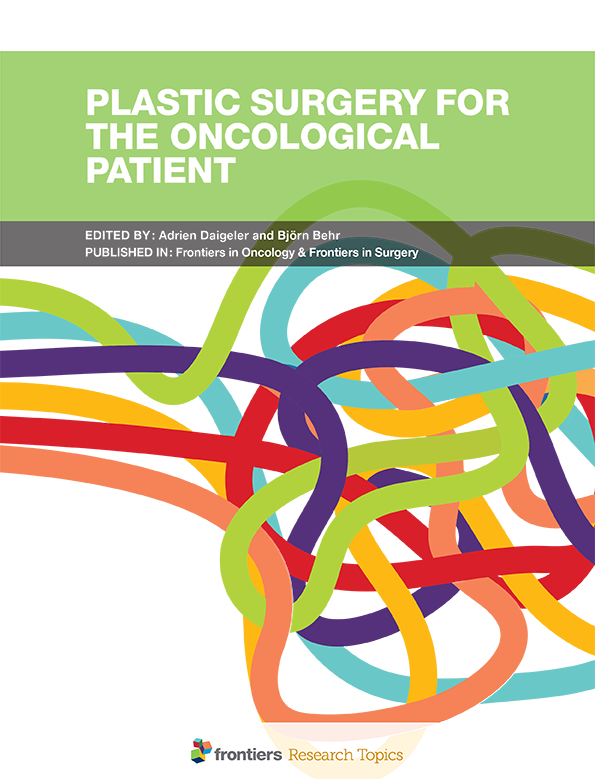Post-conization pathological upgrading and outcomes of 466 patients with low-grade cervical intraepithelial neoplasia
IF 3.5
3区 医学
Q2 ONCOLOGY
引用次数: 0
Abstract
IntroductionThe management of patients with low-grade cervical intraepithelial neoplasia (CIN1) remains controversial. We analyzed the pathological upgrading rates of patients with CIN1 undergoing conization, identifying influencing factors, and compared their outcomes to those of patients with CIN1 receiving follow-up only.MethodsThis retrospective study included 466 patients with CIN1 confirmed by histopathology and treated with conization. Postoperative pathological upgrading was determined and its influencing factors were identified. We also analyzed post-conization outcomes, examining the rate of persistent/recurrent CIN1 and its influencing factors, and comparing these results to those of patients receiving follow-up only.ResultsThe pathological upgrading rate of patients with CIN1 after conization was 21.03% (98/466), and the influencing factors were preoperative high-risk human papillomavirus (HR-HPV) infection and cytological results. The upgrading rates of HR-HPV positive and negative patients were 22.05% and 0.00%, respectively (466 例低度宫颈上皮内瘤变患者的锥切后病理分级和结果
引言 对低度宫颈上皮内瘤变(CIN1)患者的治疗仍存在争议。我们分析了接受锥切术的 CIN1 患者的病理升级率,确定了影响因素,并将其结果与仅接受随访的 CIN1 患者的结果进行了比较。我们确定了术后病理分级,并找出了其影响因素。结果锥切术后 CIN1 患者的病理升级率为 21.03%(98/466),影响因素为术前高危人乳头瘤病毒(HR-HPV)感染和细胞学结果。HR-HPV阳性和阴性患者的升级率分别为22.05%和0.00%(χ2=5.03,P=0.03)。细胞学结果为上皮内病变恶性阴性的患者的升级率为 10.94%,而非典型鳞状细胞、不能排除高级别病变(ASC-H)和高级别鳞状上皮内病变(HSIL)组的升级率分别为 47.37% 和 52.94%(χ2 = 22.7,P=0.03)。6个月、12个月和24个月时,锥切组的CIN1持续/复发率分别为21.24%、15.97%和6.67%,明显低于仅随访组。锥切组在 24 个月随访期间的 CIN2 进展率(0.26%)也明显低于仅随访组(15.15%;χ2 = 51.68,P<0.01)。影响术后持续/复发 CIN1 的唯一因素是术前的 HR-HPV 状态。术前HR-HPV阴性的患者没有出现持续性/复发性CIN1,而术前HR-HPV阳性的患者中有25.55%出现持续性/复发性CIN1(χ2 = 4.40,P=0.04)。讨论接受随访的CIN1患者中期进展为CIN2+的风险高于接受锥切术的患者。医生应参考指南,并综合考虑年龄、生育要求、术前HR-HPV和细胞学结果、随访条件等因素,为CIN1患者选择最合适的治疗策略。
本文章由计算机程序翻译,如有差异,请以英文原文为准。
求助全文
约1分钟内获得全文
求助全文
来源期刊

Frontiers in Oncology
Biochemistry, Genetics and Molecular Biology-Cancer Research
CiteScore
6.20
自引率
10.60%
发文量
6641
审稿时长
14 weeks
期刊介绍:
Cancer Imaging and Diagnosis is dedicated to the publication of results from clinical and research studies applied to cancer diagnosis and treatment. The section aims to publish studies from the entire field of cancer imaging: results from routine use of clinical imaging in both radiology and nuclear medicine, results from clinical trials, experimental molecular imaging in humans and small animals, research on new contrast agents in CT, MRI, ultrasound, publication of new technical applications and processing algorithms to improve the standardization of quantitative imaging and image guided interventions for the diagnosis and treatment of cancer.
 求助内容:
求助内容: 应助结果提醒方式:
应助结果提醒方式:


